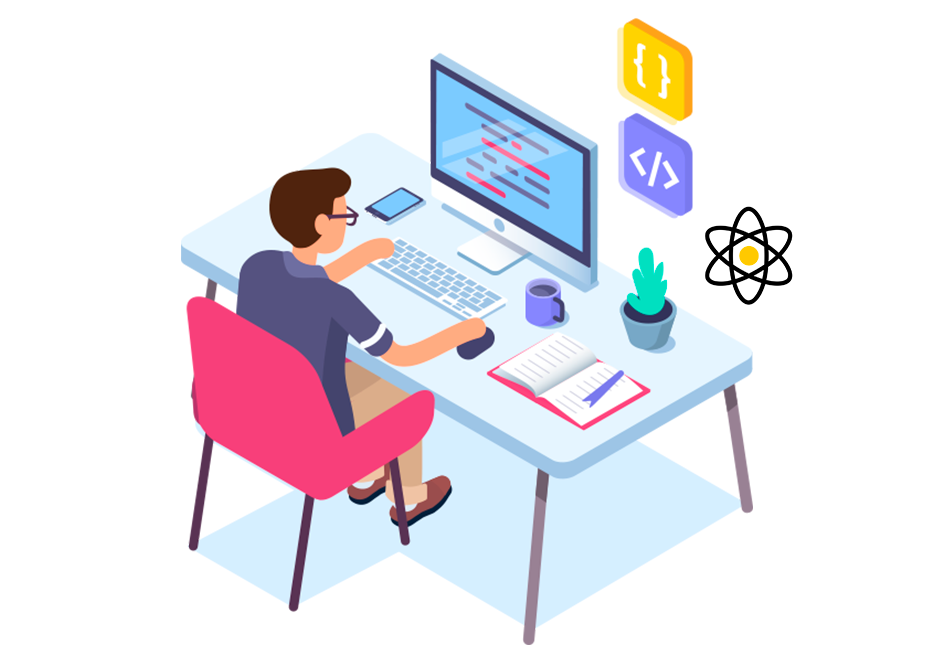React Training
The most popular front-end framework, build single-page applications using — contexts, hooks, portals, and more!
- Get hands-on training for reacting, write codes, and build real-world projects
- Study fundamentals with state management, routing, serverside rendering, and testing.
- Get in-depth knowledge of Cloud Labs through guided exercises, assessments, and more.

